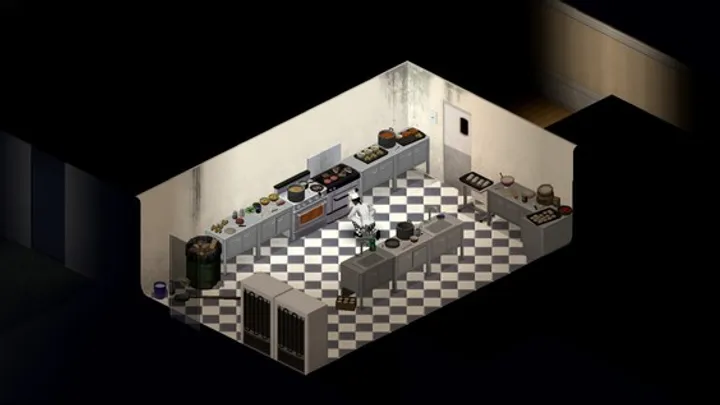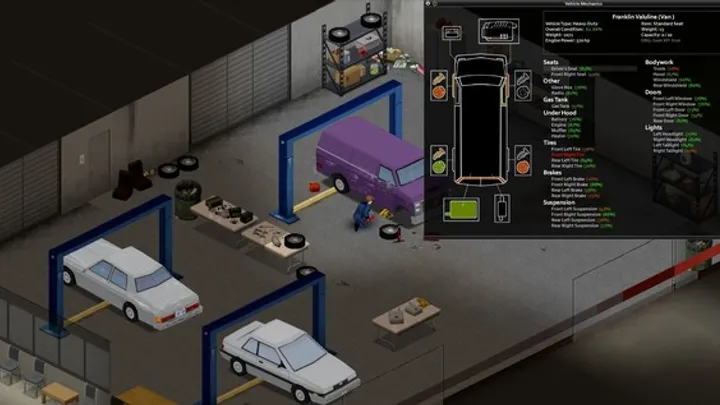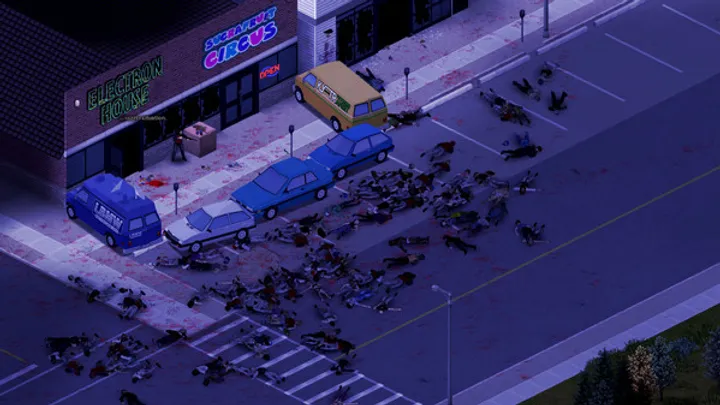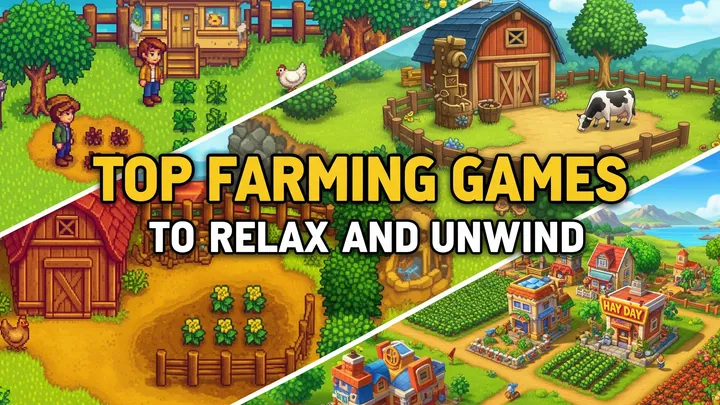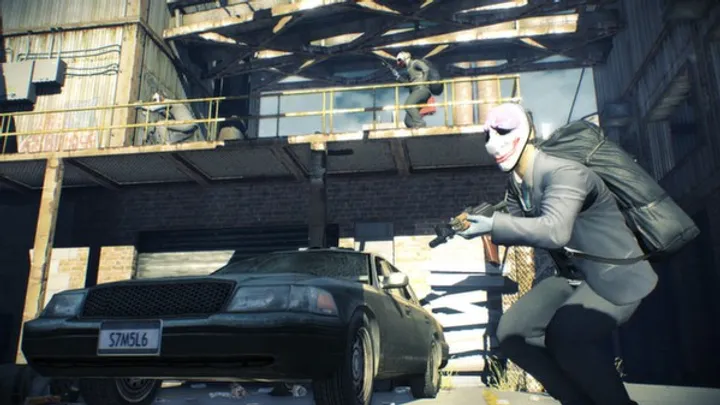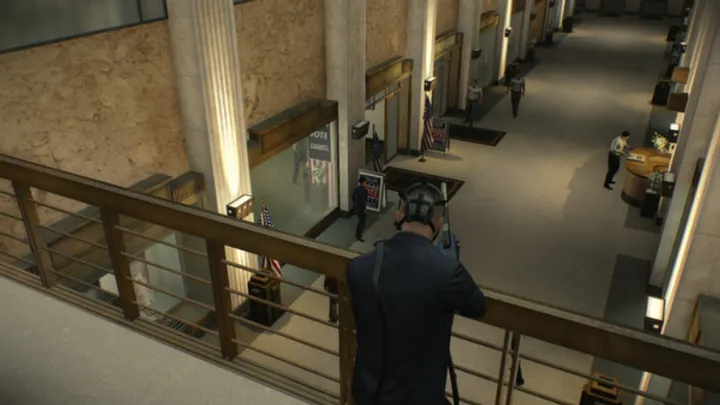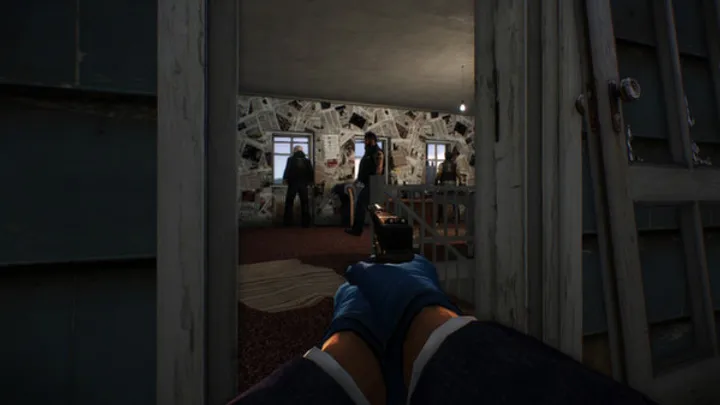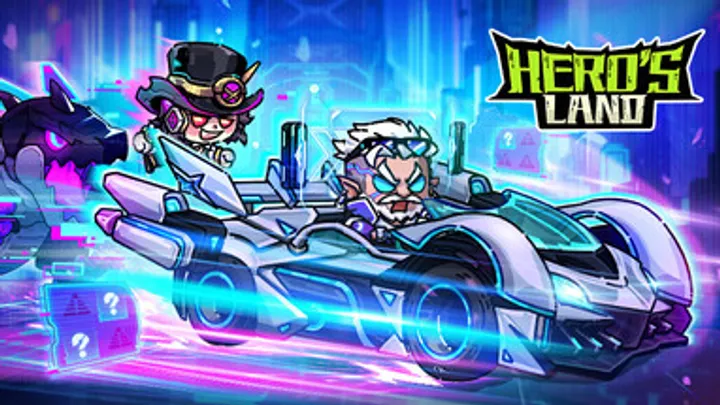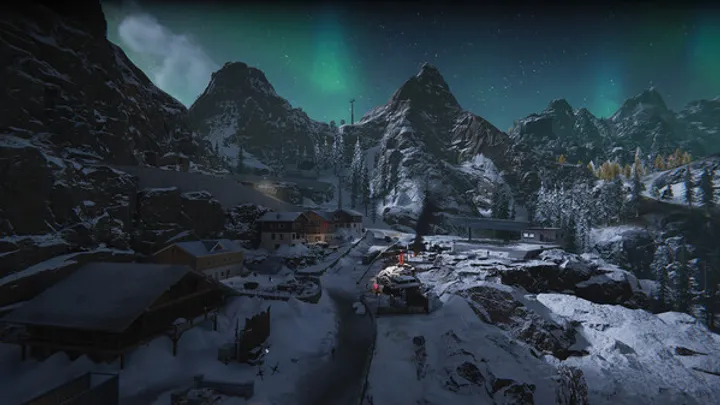2025 has been a landmark year for Free Fire. After years of content consistent with battle royale rhythms, Garena turned up the pace in 2025 with updates that ranged from massive collaborations to gameplay overhauls and cutting-edge test servers. What started as a year of enhancements has grown into a full narrative of evolution. This feature examines three headline developments: the OB50 update with its Naruto Chapter 2 collaboration, the OB48 MyZone event and custom tech zones, and the upcoming OB51 advanced server and roadmap.
Each section unpacks the update’s launch, new gameplay elements, player response, and what’s next. Here’s an inside look at how these developments shaped the game’s ecosystem and kept Free Fire at the forefront of the genre.
1. OB50 and Naruto Chapter 2: The Crossover That Redefined Free Fire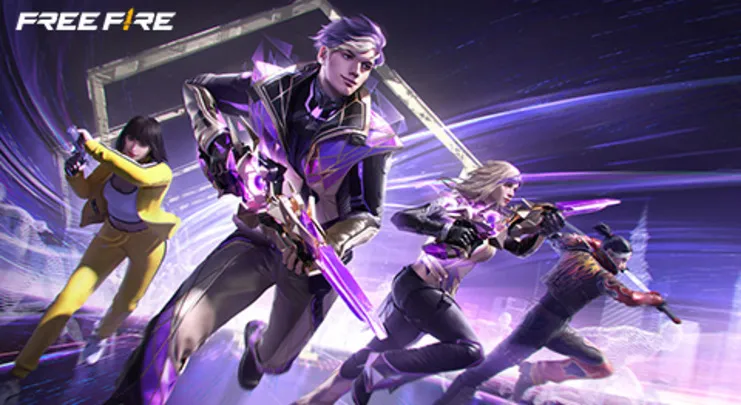
In late July, Garena released the OB50 update. It was momentous, packed with Naruto Chapter 2 content, gameplay enhancements, a new character, and more.
What Launched
OB50 rolled out around July 30 and introduced the new character Rin Yagami, important gameplay tweaks, and revamped BR and Clash Squad mechanics. This marked the beginning of Chapter 2 in the Naruto x Free Fire crossover under the "Ninja Trials" banner.
New character Rin came with unique abilities that shifted meta strategy. Battle Royale and Clash Squad saw revamped weapon balance, UI upgrades, and a streamer-focused mode. These changes reinvigorated both casual and competitive play.
The Naruto Chapter 2 Experience
The collaboration promised immersive thematic content. Chapter 2—Ninja War—arrived with new Naruto skins, emotes, bundles including a Madara ring, Reanimation Jutsu emote, epic PVP trials, and anime voice packs like “Wake Up to Reality.” Iconic figures such as Orochimaru and the Akatsuki appeared, bringing both surprise and spectacle.
This chapter stood out for its depth. Fans could expect new storylines, ambitious bundles, and daily engagement through themed trials and rewards.
2. OB48 MyZone and Tech Workshop Event: Reinventing In-Match Strategy
Earlier in the year during the OB48 update, Garena shifted strategy by introducing dynamic in-match tech control with MyZone.
MyZone Mechanics
MyZone brought in Tech Workshops across battlefields. Players could purchase artifacts mid-match using in-game tokens. Items like Super Radar, Hypercrates packed with powerful weapons, and controllers changing the tactical environment transformed each match into a dynamic battlefield.
In modes like Clash Squad, MyZone meant new items appeared, zones changed mid-match, and teams had to adapt constantly, adding unpredictable strategic layers.
Player Impact
This event created a sense of strategic innovation. No longer was loot the only priority. Controlling MyZone points gave competitive edges, and weapons like Infinite ammo, Infrared scopes, and Focused accuracy mods emerged from these artifacts.
The shift was clear. Skill alone wouldn’t win matches; strategic control of Tech Workshops did. Players quickly adapted builds and playstyles around these artifacts.
3. Upcoming OB51 Advanced Server and What’s Next for Free Fire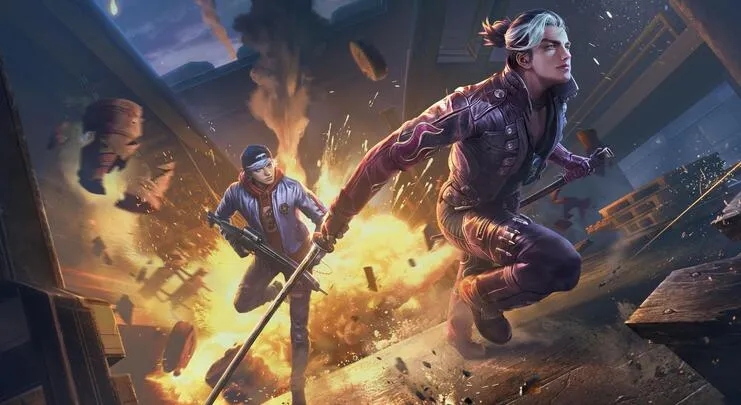
Even before OB50 settled in, rumors began circulating about OB51 and an upcoming advanced test server.
Advanced Server Hype
Reports from late August revealed players could register for OB51’s advanced server as early as September. This test environment would allow selected players to experience new updates early, help identify bugs, and provide feedback before official release.
Expectations run high. Leaks suggest OB51 will officially launch in late October. The pattern of two-month updates continues, and the community eagerly awaits how the Naruto storyline evolves or which features will arrive next.
Why It Matters
Advanced servers empower the community to shape the final experience. Developers can refine mechanics beforerelease. It fosters engagement and smoothes transitions between updates. Free Fire’s structure keeps players anticipating the next drop.
4. Smaller Updates with Big Impact
Beyond the headline updates, several midyear patches refined gameplay systematically.
February OB48: MyZone and Oscar
OB48 brought Oscar, a vigilante character with dash attack and wall disruption, along with major changes like the MyZone event, new weapons, and improved minimaps.
Oscar’s Valiant Dash ability let him destroy Gloo Walls and deliver area damage, perfect for aggressive players. MyZone artifacts like Hypercrates and Super Radar enriched match dynamics. Visual and UI enhancements made gameplay feel smarter and smoother.
May OB49: Solara Map and System Overhauls
By May, Free Fire celebrated its 8th anniversary with a vibrant new map, Solara. Set in a sun-kissed port town, it added vertical designs, slide mechanics for stealthy movement, and tactical hotspots that revamped rotations.
UI and system changes followed. Players gained new HUD customization, match summary screens, partnership tracking systems, and Prime membership features. These improved player engagement and presentation sharply.
5. What These Three Updates Make Clear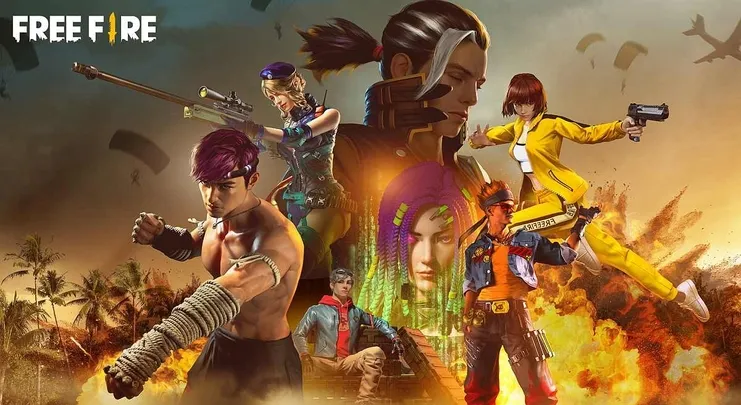
Taken together, OB50, OB48, and OB51 speak to a bigger shift: Free Fire is embracing change at every level. From narrative-driven collaboration to in-match strategic dynamics and early player feedback loops, the game continues to evolve.
- It balances spectacle with gameplay
- It values tactical depth and player agency
- Its update as feedback cycle grows stronger through advanced servers and community testing
Free Fire remains agile, competitive, and compelling month after month.
6. Behind the Scenes: Developer Vision and Player Engagement
Each update shows developers listening and iterating—Naruto fan excitement, performance improvements, and new mechanics all reflect community responsiveness.
- OB50 responded to waning ranked engagement
- OB48 MyZone introduced fresh tactical depth
- OB51 advanced server shows a commitment to transparency and polish
This dynamic ensures that Free Fire stays connected with players and remains relevant.
7. How Players Have Responded
Feedback has been overwhelmingly positive. Naruto content drove record engagement. MyZone shook up competitive strategies. Advanced server hype reflects trust in the team’s commitment to quality.
At the same time, minor issues remain—some transitions cause UI confusion or weapon balance quirks. But the iterative nature of updates means these are addressed quickly. Players feel heard, and the game continues to refine.
Conclusion
Free Fire’s updates in 2025 have reshaped the game across scale and strategy. OB50’s Naruto crossover brought spectacle and story. OB48’s MyZone implanted creativity in every match. OB51 previews show a strong future and accessibility through advanced server testing.
Together these updates demonstrate Free Fire’s willingness to experiment, adapt, and deliver content that keeps it fresh in a competitive genre. For players and developers alike, 2025 will be remembered as the year Free Fire doubled down on innovation.








